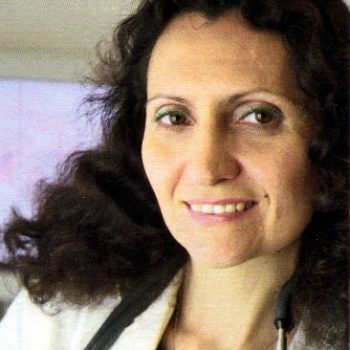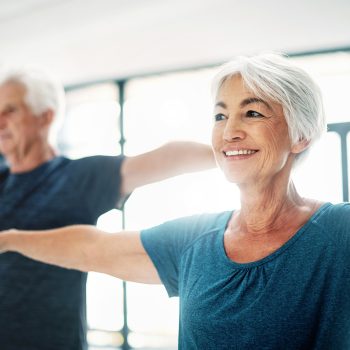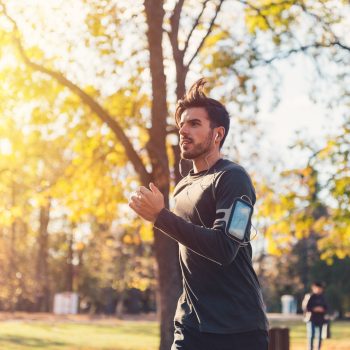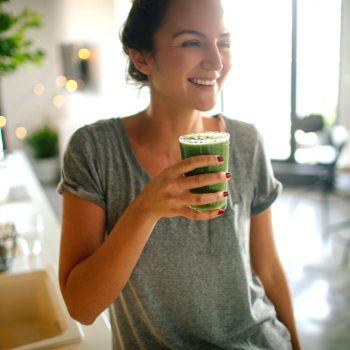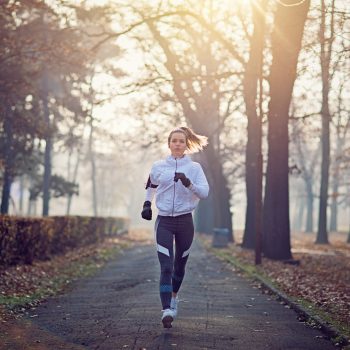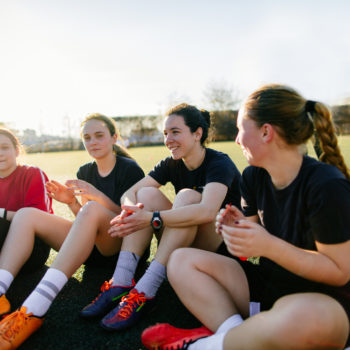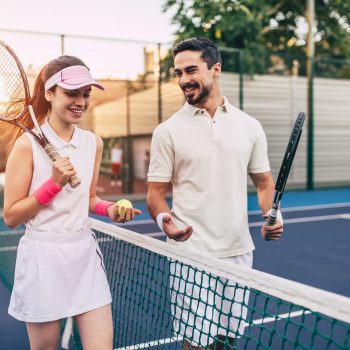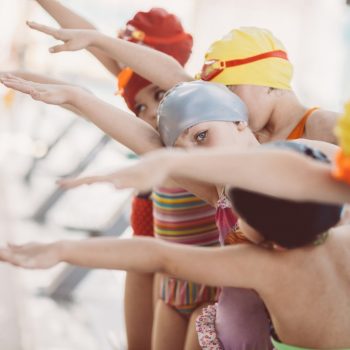Hidekichi Miyazaki is 108 years old; one and a half meters tall and weighs 43 kilos. The fastest ultra-centenary on Earth made his debut on the track when he was 90 years old and in 2005 he set a record of 100 meters with 42 seconds. In Italy, the 102-year-old Giuseppe Ottaviani from the Marche region won the World Athletics Championships in the Master 95 and Master 100 categories, starting to compete at the age of 70. Both are the confirmation of an assumption already known in the scientific field: there is no biological limit to physical activity. Professor Daniela Lucini, Head of Medicine at Humanitas, explained this in an interview on Ok Salute e Benessere.
Practicing movement to live longer
There are no age limits when it comes to physical activity. In fact, the movement is the key to combat aging and the main diseases related to it. According to Roberto Messina, President of Senior Italy-FederAnziani, “physical inactivity is the fourth most important risk factor for chronic diseases, such as heart disease, stroke, diabetes and cancer, contributing to more than three million preventable deaths every year worldwide”.
But how much activity? And in what way? You don’t need to dedicate yourself to competitive sports to reap the benefits. Even a walk of at least half an hour a day can make a significant difference. The discovery of the hormone FGF21 has shown that the ageing of our organism and physical exercise are inversely proportional. This substance is in fact produced by the muscles of the elderly who lead a sedentary life and, when its levels in the blood remain high for a long time, leads to aging of the skin, liver and intestines, the loss of neurons and a generalized inflammation.
FGF21 is present in lower levels in people who perform regular physical activity.
Mind and body: movement is good for both
Doing sport, staying active is not only good for the body but also helps to maintain a good level of physical and mental well-being, supported by the role of cognitive activities and nutrition. The greater the involvement of the body in gymnastic activities, the slower the tendency to age.
“Exercise at all ages – summarizes Lucini – is a fundamental tool for well-being and prevention and management of a huge number of clinical conditions, ranging from traditional diseases, cardiovascular, metabolic and oncological, to the psychophysical conditions that have a particular interest in the world of the elderly, as they have to do with independence and quality of life.
Athletes also delay the onset of neurodegenerative diseases, such as Alzheimer’s and Parkinson’s disease.
The importance of medical monitoring
The fact that movement is an essential component of health does not mean that doing so at an advanced age does not involve any risk. Gymnastics and exercises must be adapted to the age of the person. The advice is therefore to rely on competent doctors and coaches to draw up a program based on the objectives you want to achieve, defining its intensity, duration, frequency and progression. It is not enough to take an exam just to get the classic certificate of fitness: you need a specialist in exercise medicine who, after careful assessment of risks and contraindications, prescribes the exercises useful to the individual person.
“To combat diabetes, jogging could be of help – commented the specialist – but, if the person also has a herniated disc in the lumbar region, running can make things worse. It’s like having to prescribe an antibiotic to a patient who is allergic to drugs: you have to find one that works.
Endurance, strength and balance
Endurance, strength and balance are the three objectives that over 65 year olds can set themselves. Endurance consists in the ability to sustain an effort for a long time and improving it acts on the cardiovascular system but also on the metabolism.
“A cardiorespiratory workout – said Lucini – also has psychological benefits. These are activities such as walking, running, swimming and cycling”.
Strength, on the other hand, is muscle efficiency in the short term and allows us to lift weights, first and foremost that of our bodies. With age we tend to lose muscle mass (sarcopenia), but it is necessary to keep the remaining tissue efficient with activities of short duration and high intensity even in old age, provided they are done in a controlled way, through free body exercises, with weights in the gym, uphill or downhill walks.
Neuromuscular coordination is finally the ability to govern movements through brain activity. It is crucial for balance, the execution of complex movements and the maintenance of the motor skills of everyday life, as well as being a way to stimulate the brain, which works not only when you think, but also when you act. It is called motor intelligence, and this too is lost if you do not stimulate it.

